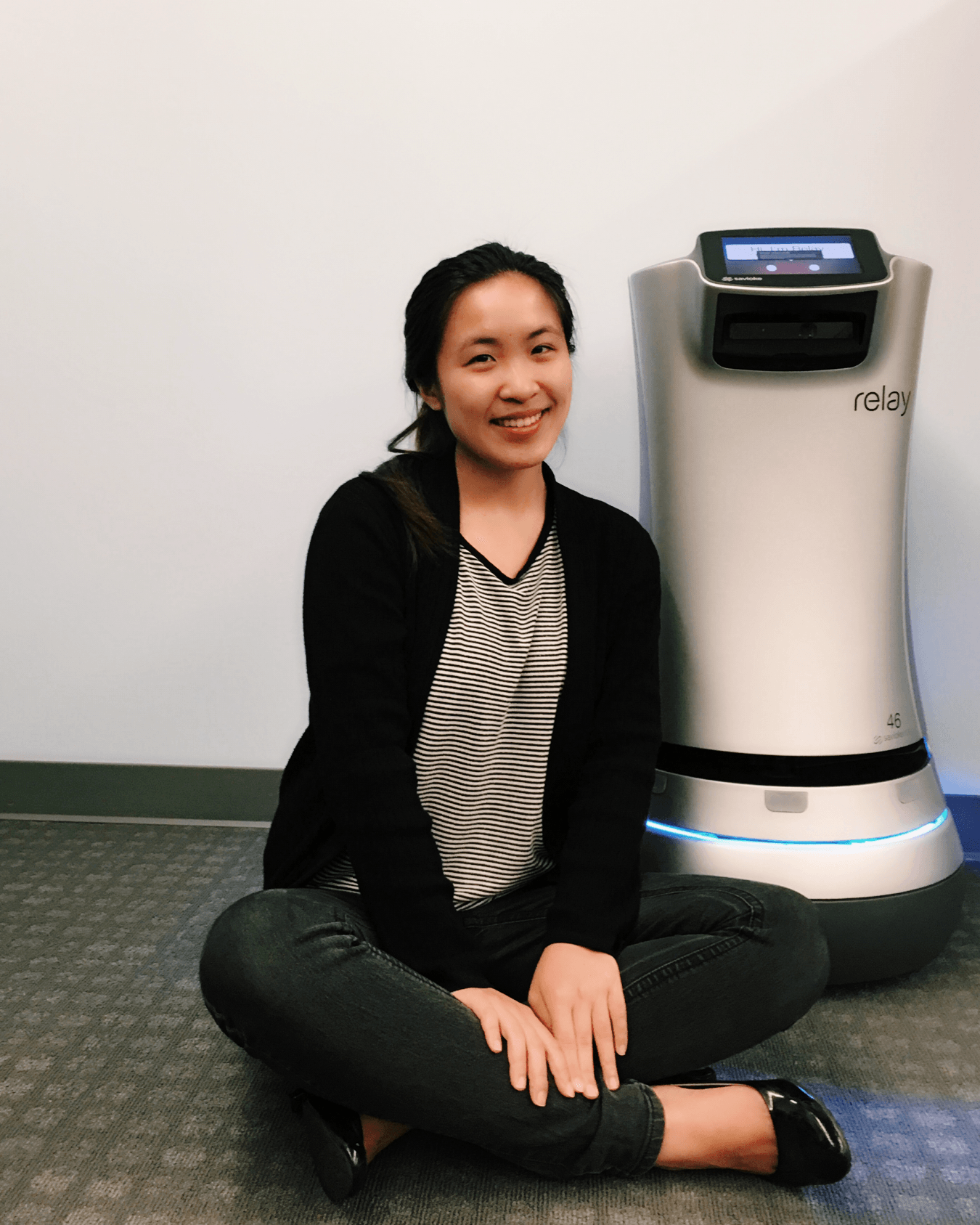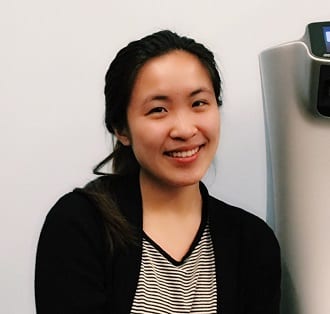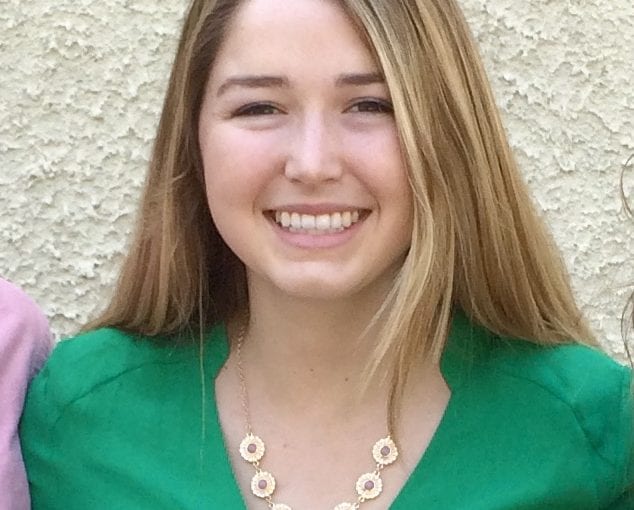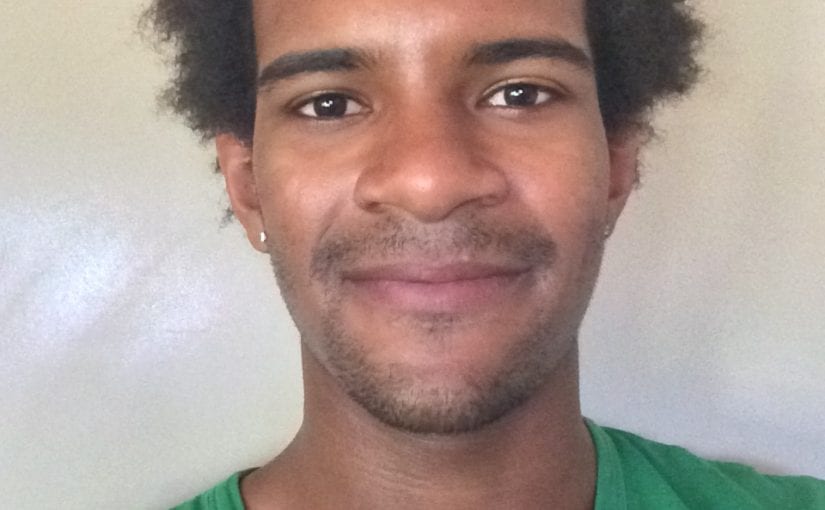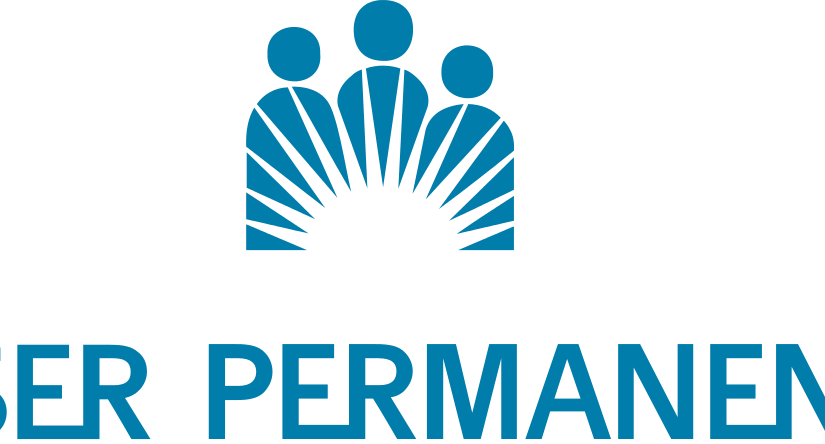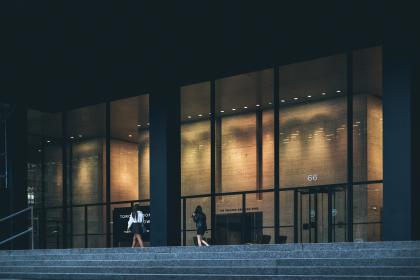By Tyler West ’16
For 19 years, Boston treated me well: I was educated, strong-minded, and gritty like the city that raised me. But during my final year of high school, I knew I wanted to experience a larger life. My college search led me to CMC, as two things about the place immediately sparked my interests: there was a communal emphasis on the outdoors and adventure, and the resources available for students were second-to-none. During my sophomore year, I applied to be a research assistant at the Berger Institute, as I was curious about research work and wanted to take advantage of one of the eleven research institutes on campus. I got the Berger job, and was almost simultaneously accepted into CMC’s Sponsored Internship program, which took me to Phuket, Thailand for twelve weeks to teach English. Thanks to CMC, doors were opening.
A year into my role as a research assistant at Berger, I applied for a summer internship at the Families and Work Institute in New York City. For the past five or so years, the Berger Institute has had a relationship with FWI, and that year, they were looking for a student with research experience and a passion for video production. I was enrolled at the time in a video art class learning how to work a studio video camera and how to produce videos with software like Adobe Creative Suite and Final Cut. I remember turning to my girlfriend, a NYC-lower-east-side-native, and stating, “This position was made for me.”
When you grow up in Boston, NYC is always “the other guy.” But as soon as I stepped off the Lucky Star Bus at Union Station, I was hooked. There was style everywhere: lampposts, sidewalks, store fronts, clothing, and billboards were covered with forms of expression like hyper-patchwork. There was so much to analyze. The city’s charm was apparent.
On my first day in the office, Eve and Anne, two FWI employees, took Sarah, a Barnard student intern, and me out to lunch to one of their favorite spots near the new FWI office on 28th Street and 5th Avenue. Eve told me that the main project I would be working on was a video compilation for their annual Gala event, where company sponsors and supporters of FWI come to hear about the institute’s work. Fortunately for me, Eve said they had zero direction for where they wanted to take the video, so I pounced, and they trusted me: they were going to allow me to be hands-on and autonomous.
With Sarah conducting the interviews, I set up the shooting angles and manned the camera, furthering my knowledge of lighting, scene design, and the interview process. In total, we interviewed three FWI employees, one of which was Ellen Galinsky, the founder of FWI. In New York City, it’s not uncommon to see a camera crew positioned on a street corner or at Washington Park. Suddenly, I was the man behind the lens, behind the scene making it all happen. And I got to do it all exactly as I pleased.
On my last day at FWI, I showed Jennie, resident video expert at FWI, my final cut of the Gala video. She asked me where I found the figures that I used and how I executed animation in Final Cut. I told her the truth: “I created the figures in Adobe Photoshop and Illustrator and taught myself how to simulate animation.” She laughed. “You’re better than me at this. You should consider working with us after school.”
I gave her words deep thought after I left the FWI offices that day, but I’m very glad to say that I have accepted a position with Teach for American in New Orleans, and I’m waiting to hear back from the Fulbright Fellowship, which would send me back to Thailand for ten month to teach English as a Second Language to the youth there.
